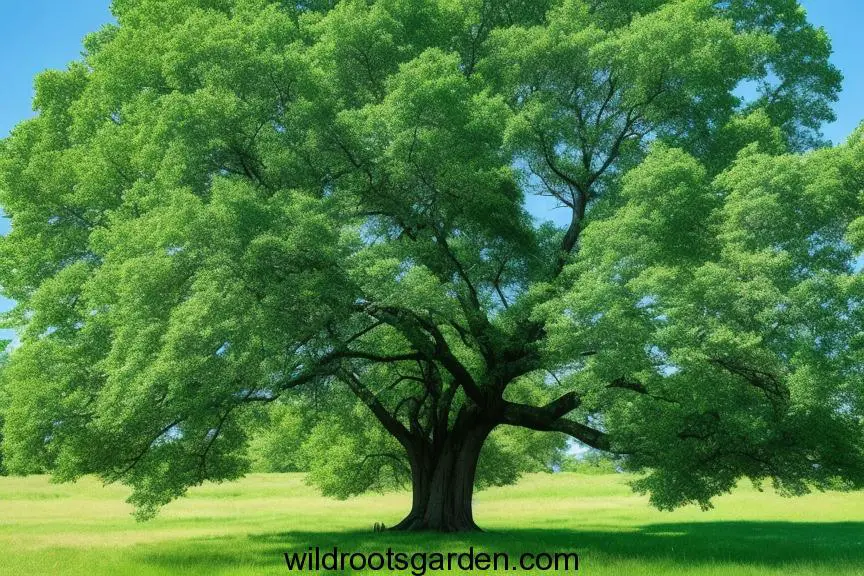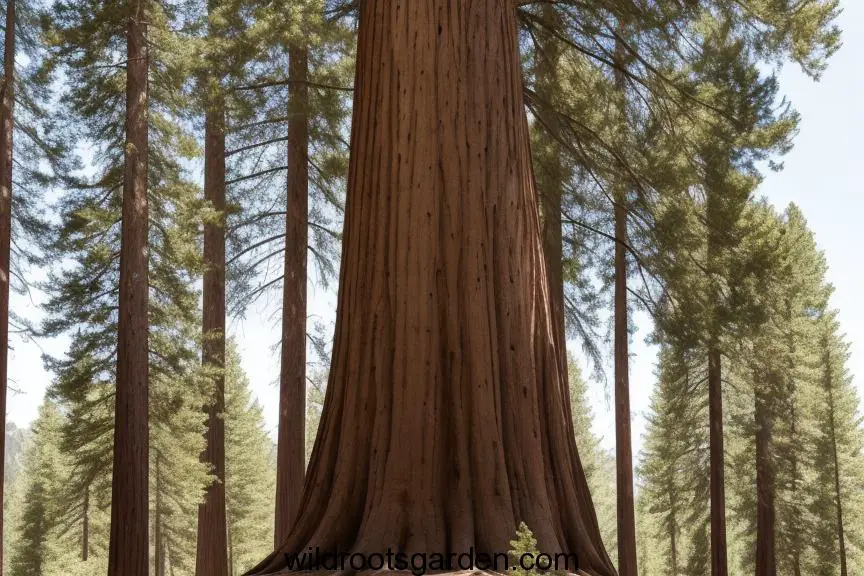How Much Does a Tree Weigh? In our thorough guide, learn about the variables affecting tree weight, measurement techniques, and ecological implications. Find out how weight is impacted by tree species, diameter, moisture content, and advanced technologies. Examine the Role of Tree Weight in Biodiversity and Carbon Sequestration. Discover Information about Species Differences in Tree Weight.
Understanding the weight of trees is crucial in the fields of forestry and environmental research. Being a committed source of information in this area, we want to give you a thorough overview so you may better comprehend the variables affecting tree weight, measuring techniques, and environmental implications. Let’s explore the nuances of tree weight and its significance.
Tree Weight Comparison in Tons
| Tree Species | Average Weight (tons) |
|---|---|
| Oak | 2.04 |
| Pine | 1.27 |
| Maple | 1.63 |
| Spruce | 1.00 |
| Redwood | 3.63 |
The average weights of different tree species, expressed in tonnes, are compared in this table. These numbers provide information about the relative mass of various tree species, enabling a better comprehension of their importance in ecological and environmental contexts. Please note that these are average estimates and may change depending on the location, age, and growing conditions of the tree.
Factors Influencing Tree Weight
1. Species and Variability
The species of a tree has a significant impact on its weight. The densities of different species vary, with hardwoods often being denser than softwoods. This variability includes elements like moisture content, which might change depending on the local environment and location.

2. Diameter and Height
A tree’s weight is significantly influenced by its diameter and height. Naturally, larger trees with bigger diameters and heights will weigh more since they have more wood in them. When calculating the potential for trees to sequester carbon, this factor is essential.
3. Moisture Content
The weight of a tree is strongly influenced by its moisture content. Green trees are heavier than dry ones because they hold more moisture. When thinking about the use of timber for diverse applications, this is very important.

Methods of Measuring Tree Weight
1. Biomass Equations
In order to estimate tree weight based on easily quantifiable characteristics like diameter and height, forestry specialists have created biomass equations. For evaluating the capacity of trees to store carbon, these equations provide accurate approximations.
2. Technological Advancements
Technology has been increasingly important in recent years for precisely measuring tree weight. Precision measurements of tree dimensions can be obtained using cutting-edge equipment like laser scanners and drones fitted with LiDAR technology, which enables precise weight estimates.
Implications for the Ecosystem
Understanding tree weight goes beyond a mere academic exercise; it holds implications for the environment and ecosystem at large.
1. Carbon Sequestration
Due to their tendency to store more carbon, heavier trees are essential for reducing the consequences of climate change. For a sustainable future, forests with a lot of trees are a vital resource because they considerably aid carbon sequestration efforts.
2. Biodiversity Support
Large and heavy trees provide habitats for a diverse range of species. These trees offer nesting sites, food sources, and protection, fostering biodiversity and enriching ecosystems.
Final Thoughts on Tree Weight and Its Importance
Understanding tree weight goes well beyond simple interest. Fundamental to forestry and environmental science, it has consequences for biodiversity, ecosystem health, and carbon sequestration. We can manage our forests more effectively, encourage sustainable habits, and help ensure a more environmentally friendly future for future generations by understanding the different elements that affect tree weight and employing cutting-edge measurement tools.
Frequently Asked Questions (FAQ) About Tree Weight
1. How do tree species influence their weight?
Different tree species have varying densities, which directly affect their weight. Hardwood species, for example, tend to be denser and therefore heavier than softwoods. The specific gravity of the wood plays a key role in determining the weight of a tree.
2. Can the moisture content of a tree impact its weight?
Absolutely. The moisture content of a tree, often referred to as its “greenness,” significantly influences its weight. Green trees with higher moisture content are heavier than dried ones. This aspect is important when considering factors like timber quality and transport.
3. Is there a correlation between tree diameter and weight?
Yes, there is a direct correlation between tree diameter and weight. Larger trees with greater diameters have more wood volume, which naturally leads to a higher overall weight. This relationship is essential when estimating the biomass of a forest.
4. How do advanced technologies measure tree weight?
Modern technologies like laser scanners and drones equipped with LiDAR (Light Detection and Ranging) technology can provide highly accurate measurements of tree dimensions. These measurements are then used to calculate tree weight, allowing for more precise forest management and carbon sequestration estimations.
5. What is the significance of tree weight in carbon sequestration?
Tree weight is directly related to the amount of carbon a tree can store. Heavier trees can sequester more carbon, making them vital components in carbon capture efforts. This is crucial for combating climate change and achieving sustainable forestry practices.

